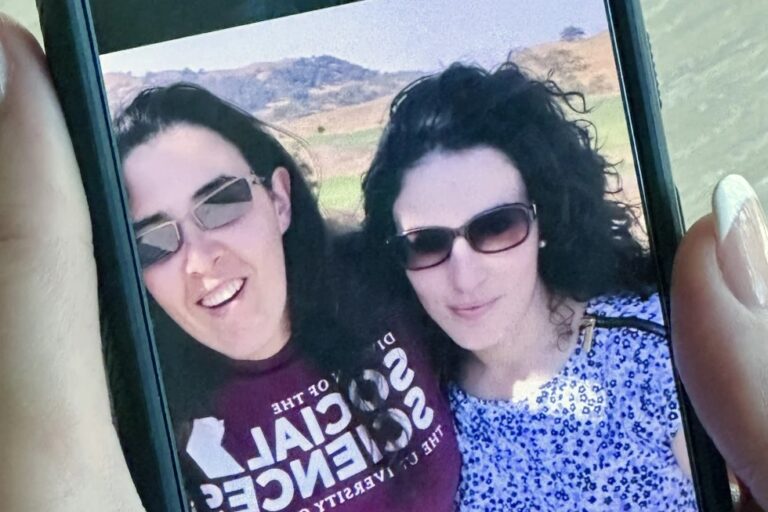Researchers say they’re moving closer to using transplanted cells to protect heart attack survivors from suffering sudden cardiac arrest.
Working with mice, scientists strengthened the heart’s electrical system to prevent it from going haywire. “We’re showing that the electrical risk can be reversed,” said study co-author Dr. Michael Kotlikoff, a professor in the department of biomedical sciences at Cornell University.
It’s still unclear, however, how long it may take before the research could be tested in humans.
At stake is the health of people who survive heart attacks. They face a higher risk of another life-threatening event known as cardiac arrest, which occurs when the electrical system in the heart loses its ability to properly control heartbeat.
The heart “goes into an irregular rhythm, stops functioning and stops pumping blood at all,” Kotlikoff said.
The higher risk may have something to do with disruption in cells around areas of the heart that were damaged during a heart attack, said Dr. Kenneth Chien, director of the Massachusetts General Hospital Cardiovascular Research Center in Boston. He was not involved in the research.
According to the new study, previous transplantation of cells into human heart-attack survivors has had mixed results. So, Kotlikoff and colleagues from Germany and the United States tried a new approach by transplanting genetically engineered embryonic heart cells into the hearts of mice after they had heart attacks.
According to Kotlikoff, the cells become mature heart cells and produce a molecule that helps electrical impulses move between cells.
The new findings, which are published in the Dec. 6 issue of Nature, have now outlined the “mechanism underlying the reversal” of the risk of irregular heartbeat after a heart attack, Kotlikoff said.
Cell transplantation “increases the electrical conduction within the damaged or dead section of (heart) tissue,” he said.
According to Kotlikoff, the next steps are to figure out whether the cells could provide protection in people and for how long.
Potentially, the cells could be delivered to the heart — perhaps through a tube — and prevent heart-attack survivors from having to get pacemakers, Kotlikoff said.
Chien called the study findings “a step in the right direction,” but said the method’s blend of gene and cell-based therapy could be troublesome. Federal regulators “are very stringent about gene therapy, let alone gene and cell therapy (together),” he said.
(Source: NHIC)










